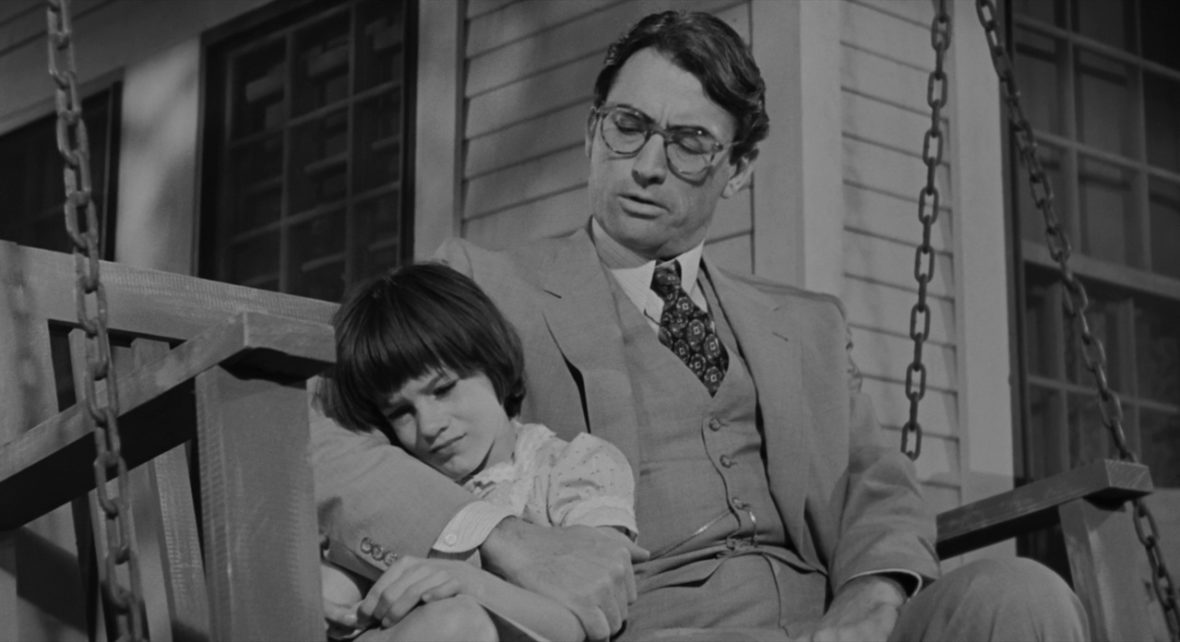To Kill a Mockingbird is a 1962 American drama movie directed by Robert Mulligan. The screenplay by Horton Foote is based on Harper Lee’s 1960 Pulitzer Price winning novel of the same name. The movie stars Gregory Peck as Atticus Finch and Mary Badham as Scout. Take a look below for 30 more interesting and fascinating facts about To Kill a Mockingbird.
1. The movie received overwhelmingly positive reviews from critics and was a box-office success, earning more than 10 times its original budget.
2. To Kill a Mockingbird won three Academy Awards, including Best Actor for Peck, and was nominated for eight, including Best Picture.
3. In 1995, the movie was listed in the National Film Registry.
4. In 2003, the American Film Institute named Atticus Finch the greatest movie hero of the 20th century.
5. In 2007, the movie ranked 25th on the American Film Institute’s 10th anniversary list of the greatest American movies of all time.
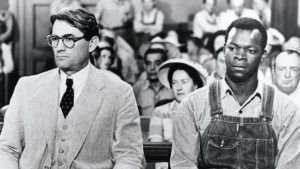
6. In 2005, the British Film Institute included it in their list of the 50 movies that you should see by the age of 14.
7. To Kill a Mockingbird marked the film debuts of Robert Duvall, William Windom and Alice Ghostley.
8. Gregory Peck’s nine minute summation speech was done in just one attempt.
9. Mary Badham, who played Scout, and Gregory Peck, who played Atticus, became close during filming, and kept in contact for the rest of his life. Peck always called her “Scout”, but her character role.
10. After being offered the role of Atticus Finch, Gregory Peck quickly read Harper Lee’s novel in one sitting and called director Robert Mulligan immediately afterwards to say that he would gladly play it.
11. Rock Peters, who played Tom Robinson in the movie, delivered Gregory Peck’s eulogy on the date of his funeral and burial, Monday, June 16, 2003.
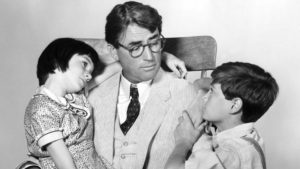
12. Brock Peters started to cry while filming his testifying scenes, without rehearsing it this way, and Gregory Peck said that he looked past him, instead of looking at him in the eye, to avoid choking up himself.
13. The watch used in the movie was a prop, but Harper Lee gave Gregory Peck her father’s watch after the movie was completed, because he reminded her so much of him.
14. Director Robert Mulligan learned quickly not to rely on numerous takes, as he found that his child cast members became less natural and spontaneous after the first several takes.
15. Despite universal praise for the novice film actress and actor, neither Mary Badham nor Philip Alford chose to capitalize on their film debuts. Badham retired from acting and married a teacher, living near Richmond, Virginia, and spent most of her time raising her two children. Alford became a successful businessman in Birmingham, Atlanta.
16. It has been reported that To Kill a Mockingbird was Gregory Peck’s favorite work.
17. Philip Alford told his mother that he didn’t want to go to the auditions for the part of Jem Finch, but when his mother told him he would miss half a day of school, he immediately decided to go.
18. Mary Badham, at the age of nine during filming, became the youngest girl to receive an Oscar nomination, coincidentally losing the award to another child actress, Patty Duke, who was fourteen years old, for The Miracle Worker.
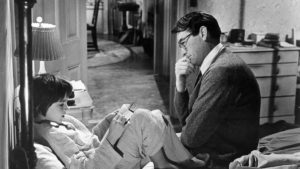
19. James Earl Jones auditioned for the role of Tom Robinson.
20. The piano in Elmer Bernstein’s score was played by John Williams.
21. Truman Capote, who grew up with Harper Lee, also knew the inspiration for Arthur “Boo” Radley, and had planned to base a character on him in one of his short stories. After seeing how well the character was realized in Lee’s novel, he decided against it.
22. Horton Foote was initially reluctant to adapt the novel into a screenplay, as he felt that he would be unable to do it justice.
23. With the death of Rosemary Murphy on Saturday, July 5, 2014, Robert Duvall is the movie’s last surviving adult cast member.
24. Finch was writer Harper Lee’s mother’s maiden name.
25. Gregory Peck’s grandson Harper Peck Voll was named after Harper Lee.
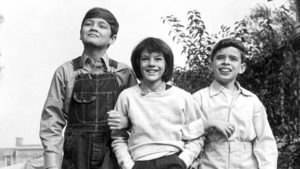
26. Robert Mulligan’s way of handling his child cast members was to let them play together, while keeping the cameras as unobtrusive as possible.
27. Every day that she shot, Ruth White spent four hours getting into old age make-up, but in the end, most of her scenes were cut from the movie, as they tended to slow it up.
28. Writer Harper Lee owned a percentage of the production, and spent about three weeks on the production set at Universal Studios.
29. Philip Alford had trouble eating certain foods for years afterwards, particularly bacon and eggs, as they had to eat their breakfasts repeatedly until they got the scenes right.
30. According to Brock Peters, the producers were reluctant to cast him, because he had been typecast as a villain.

